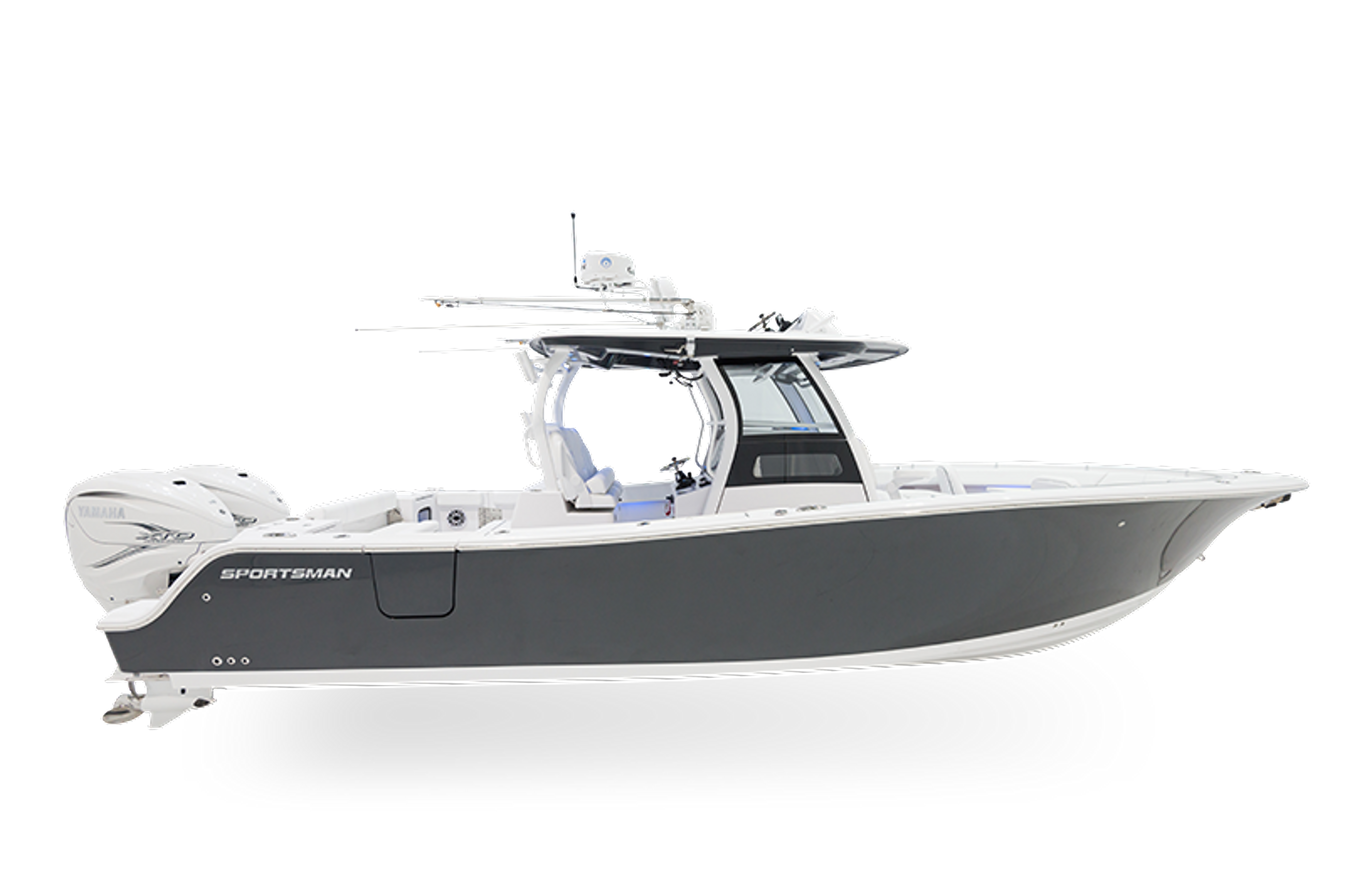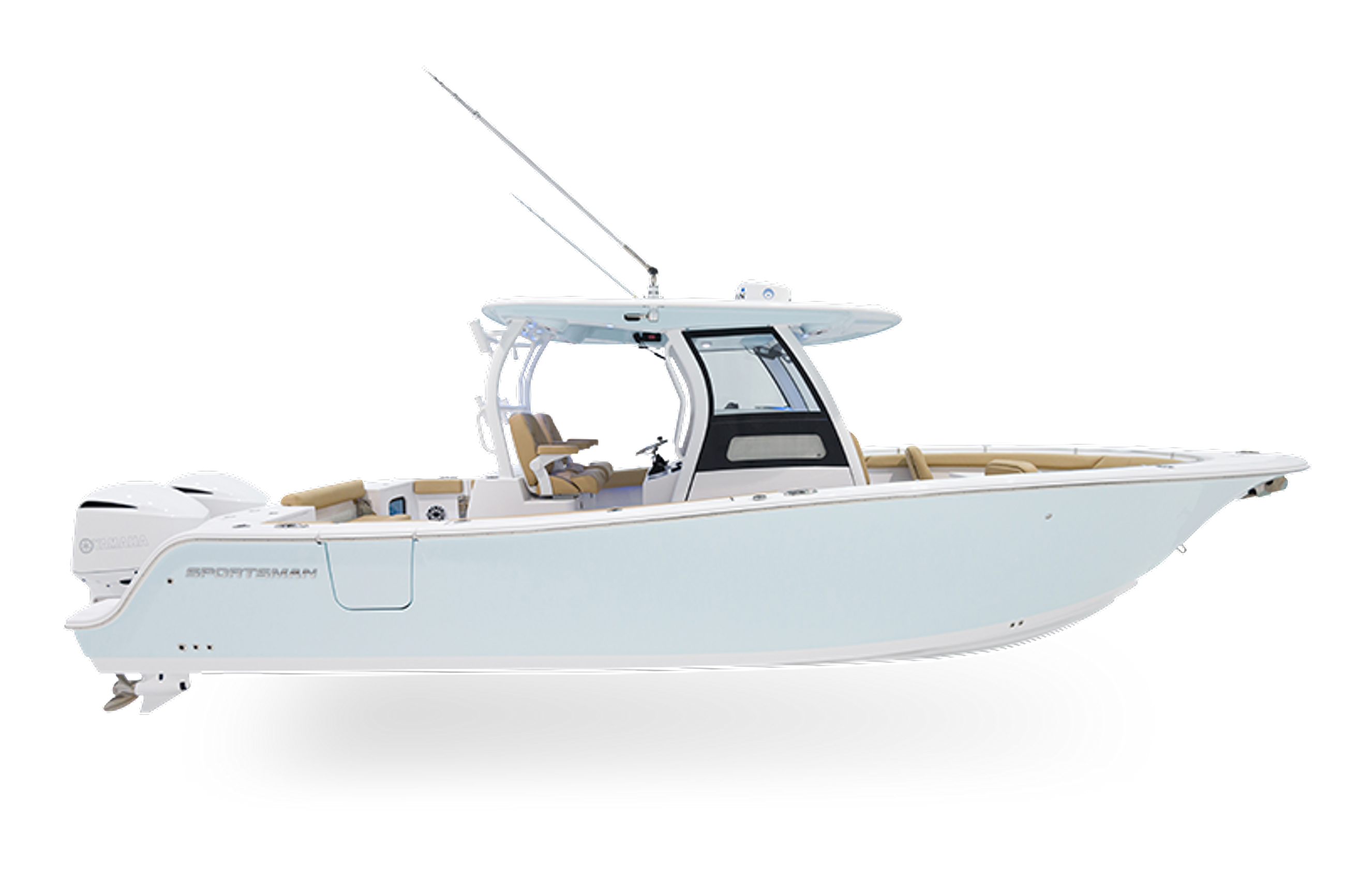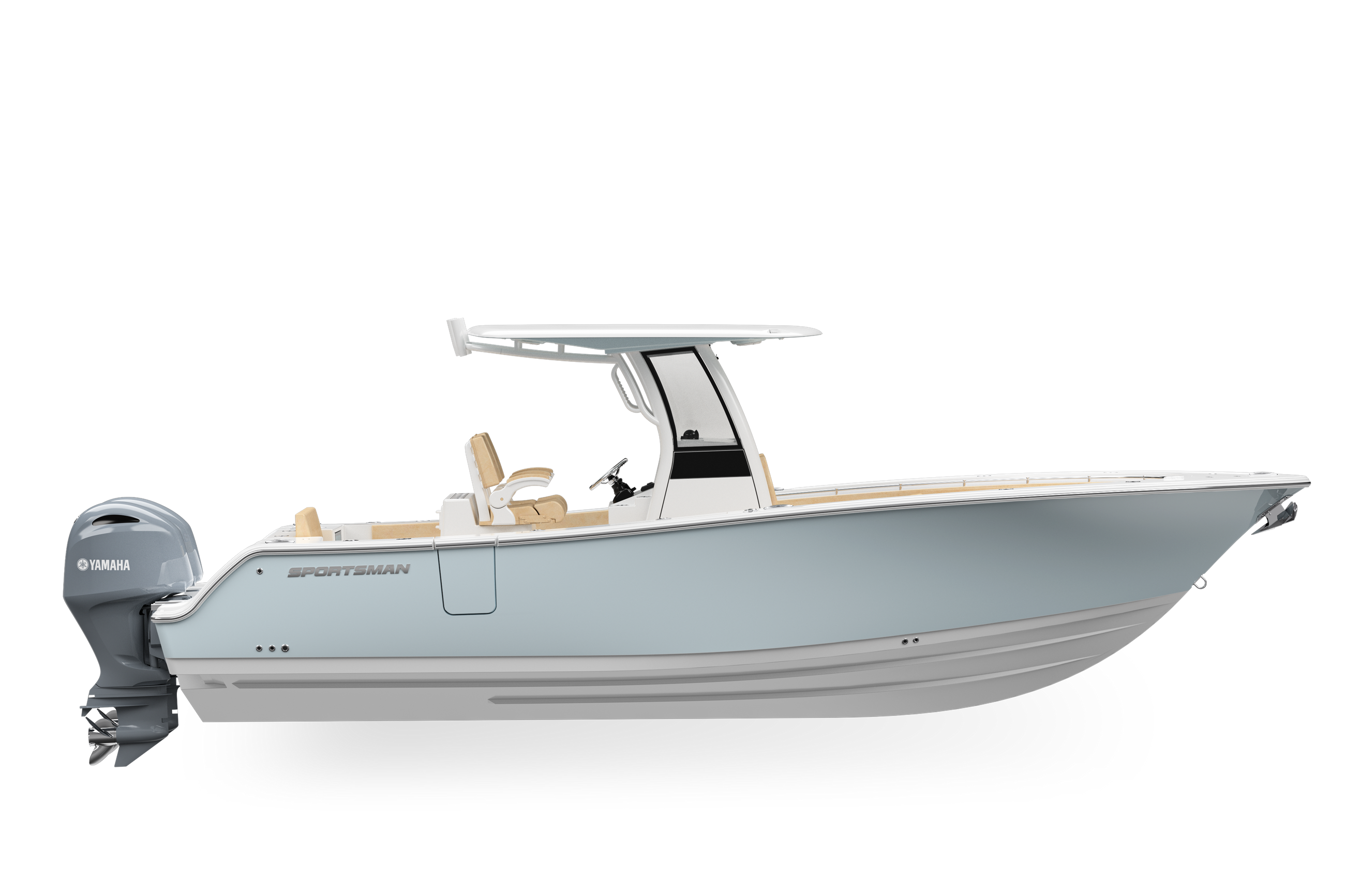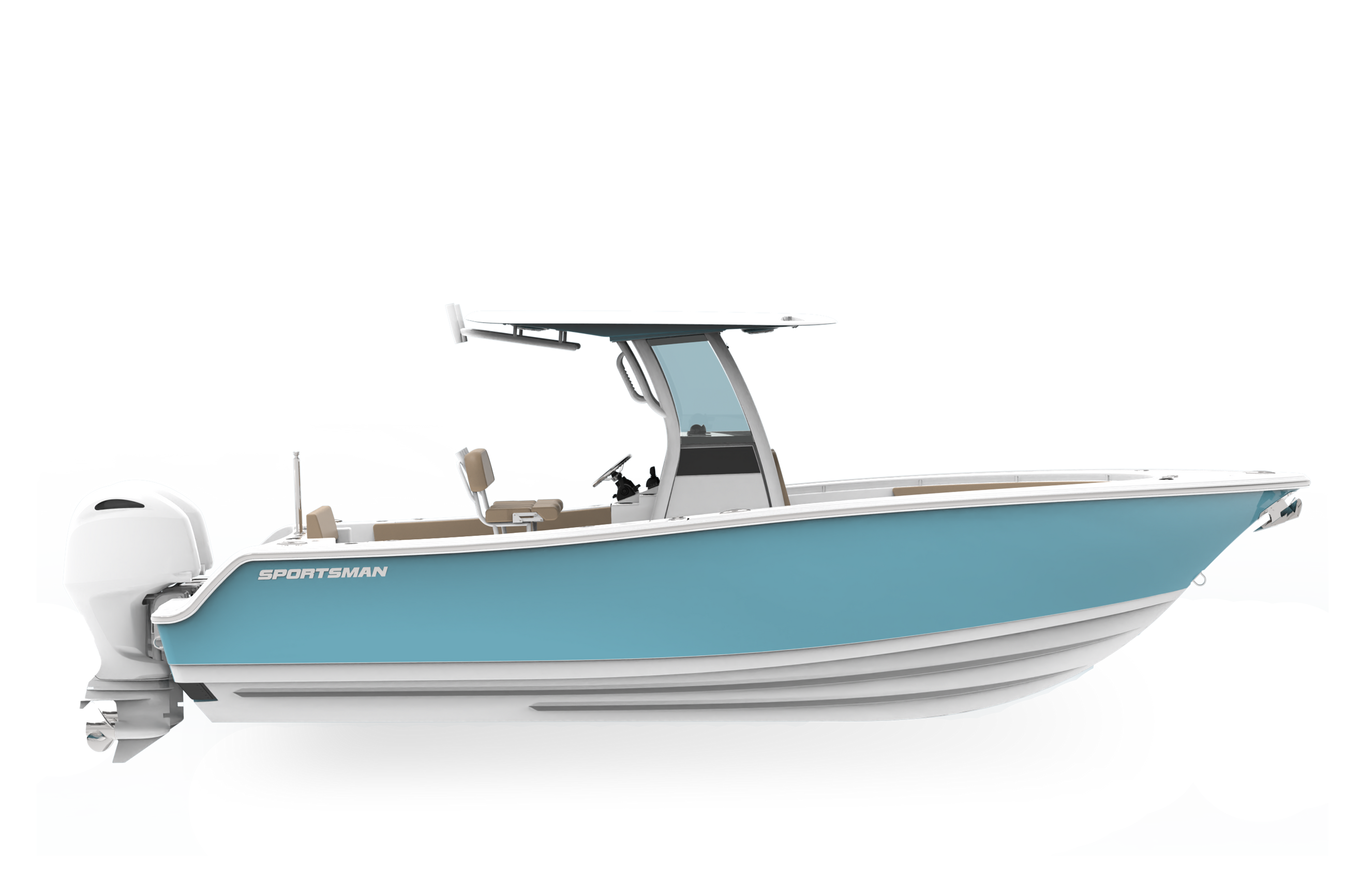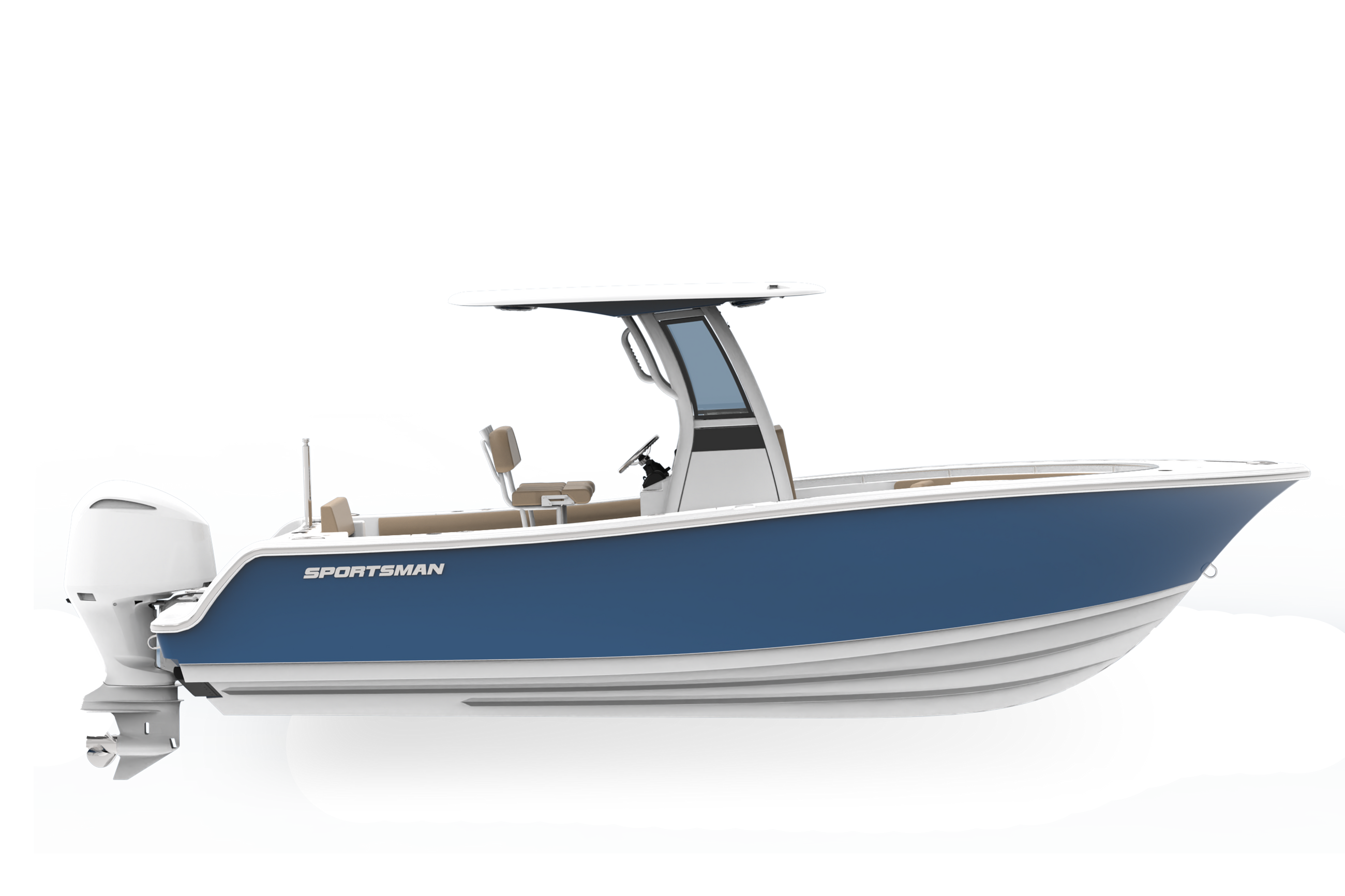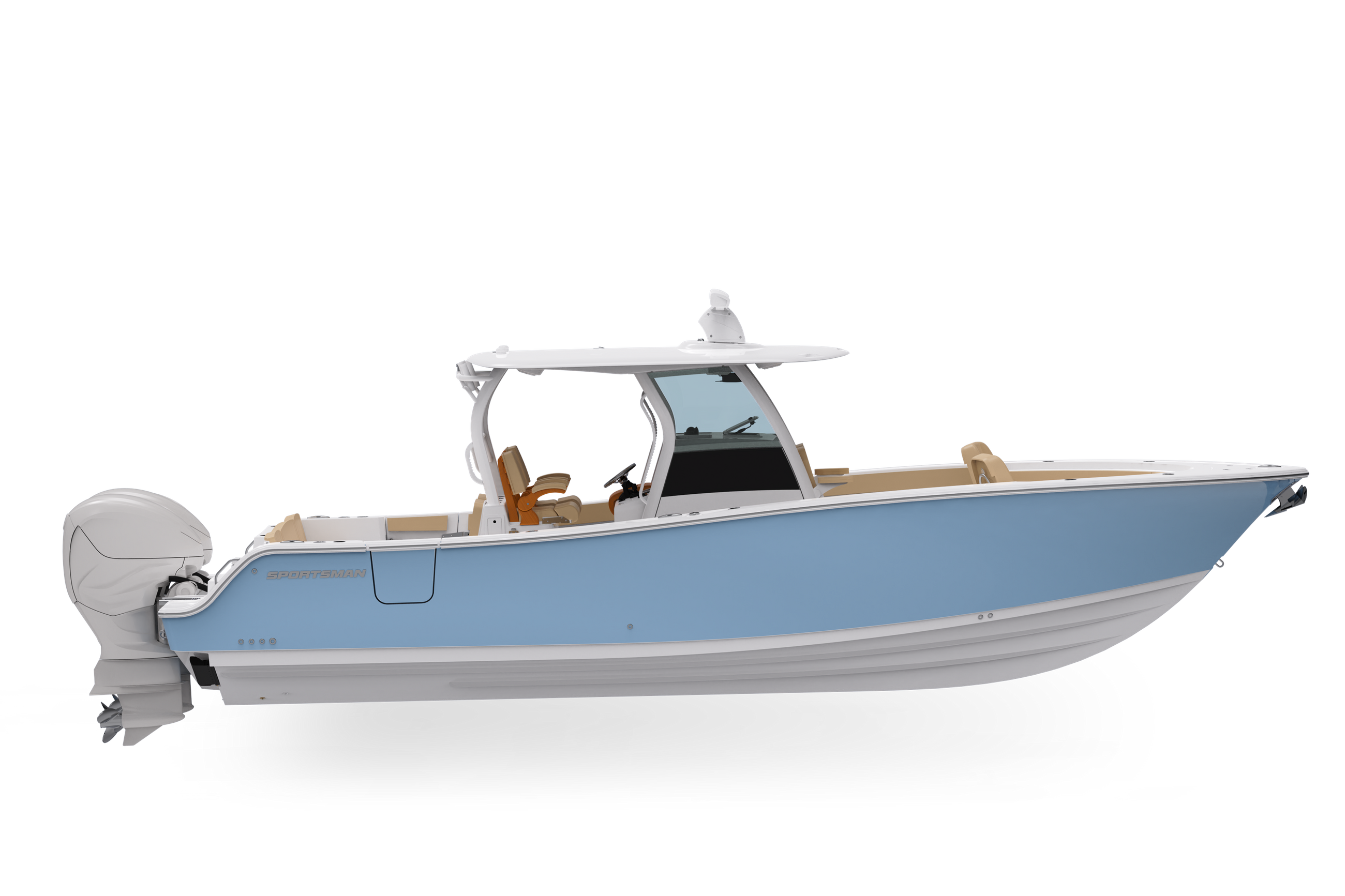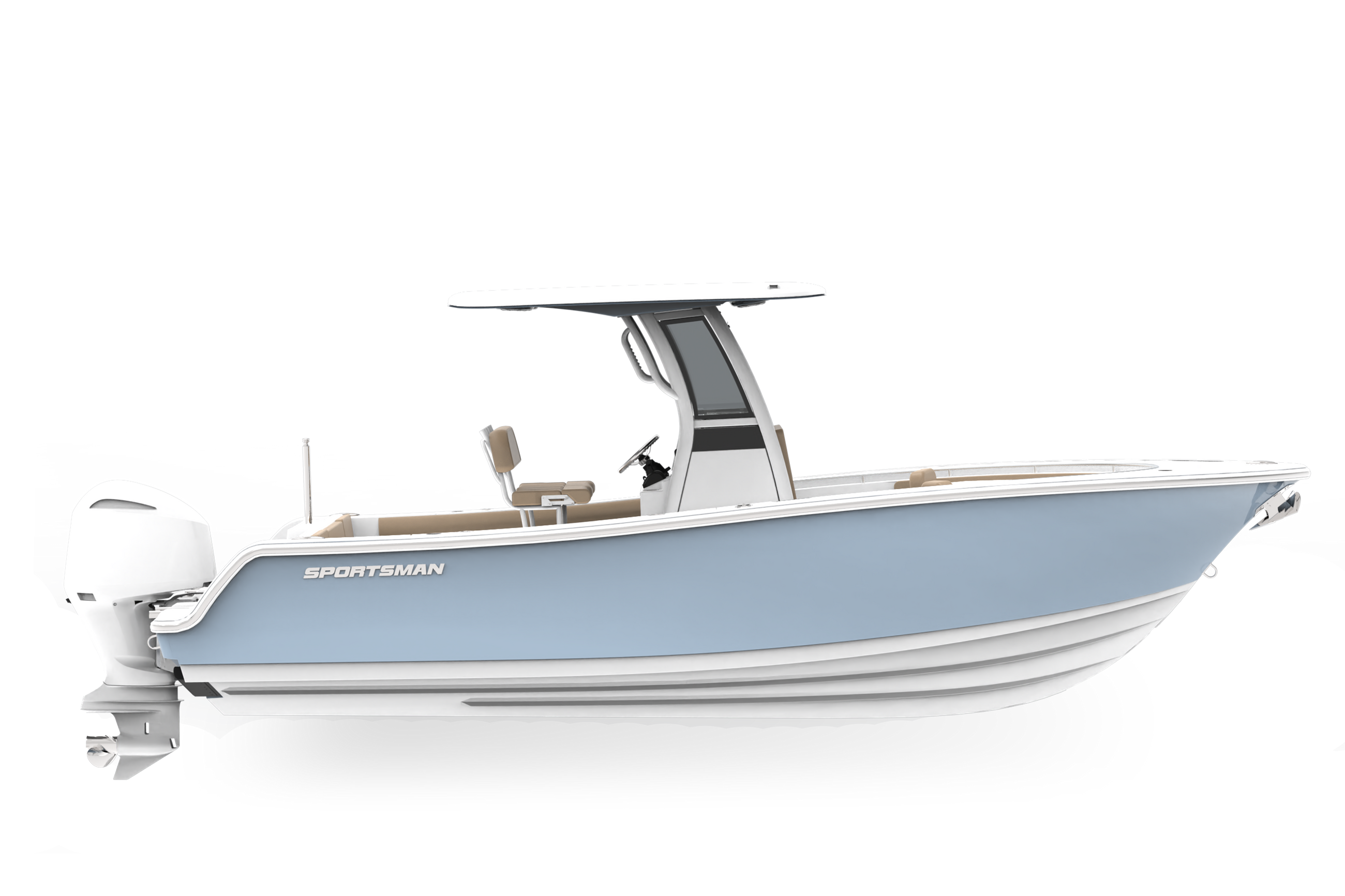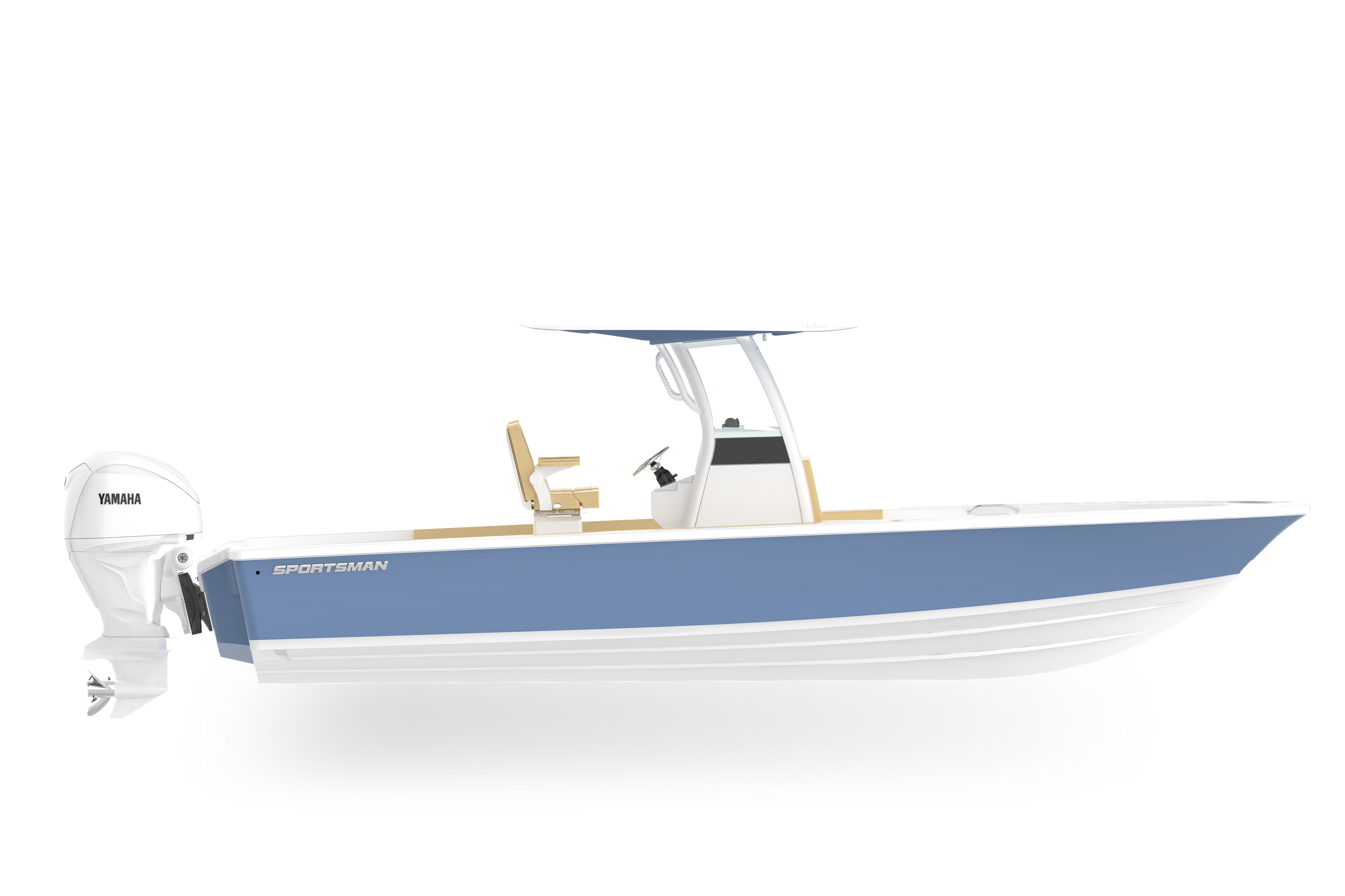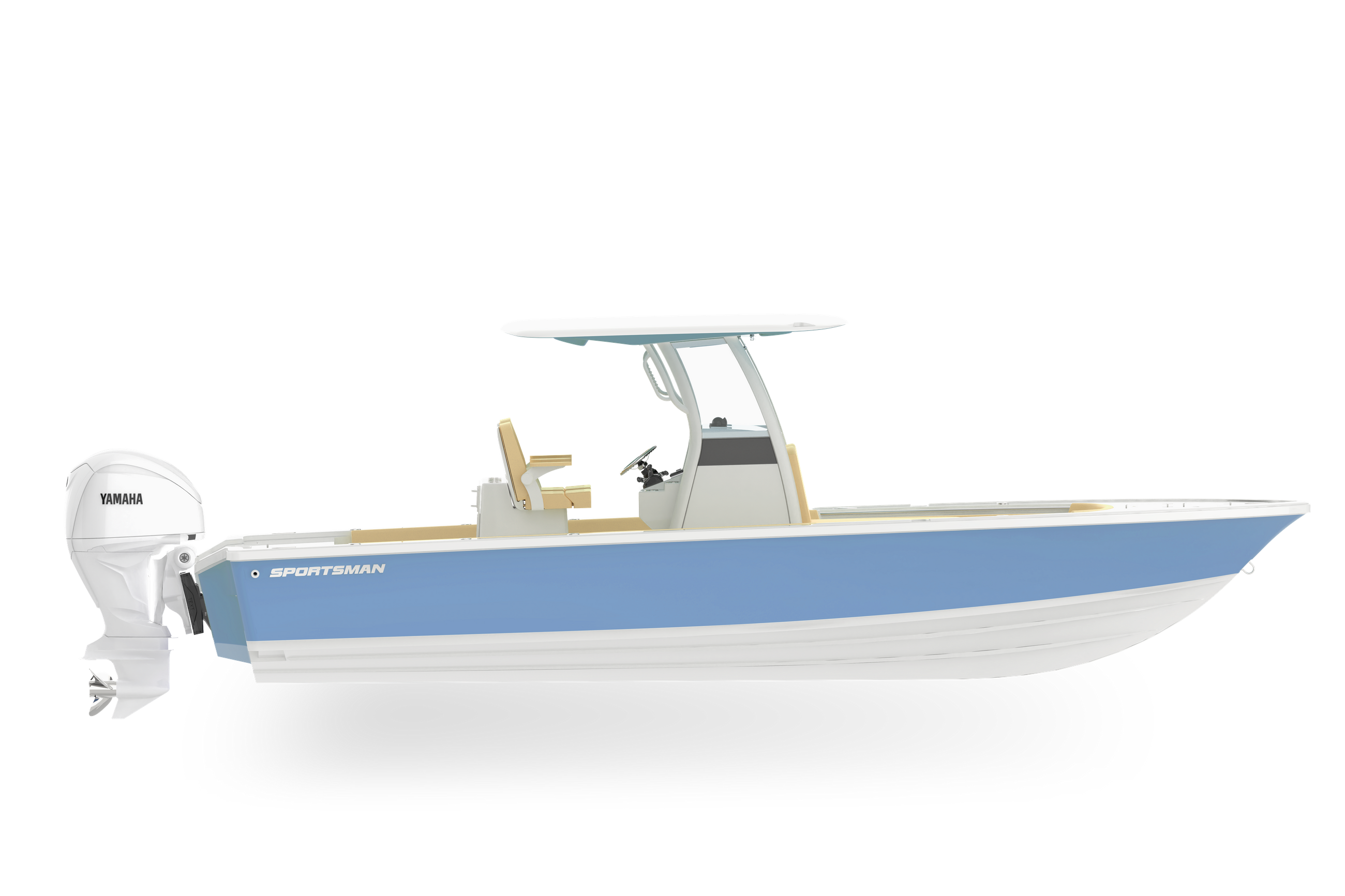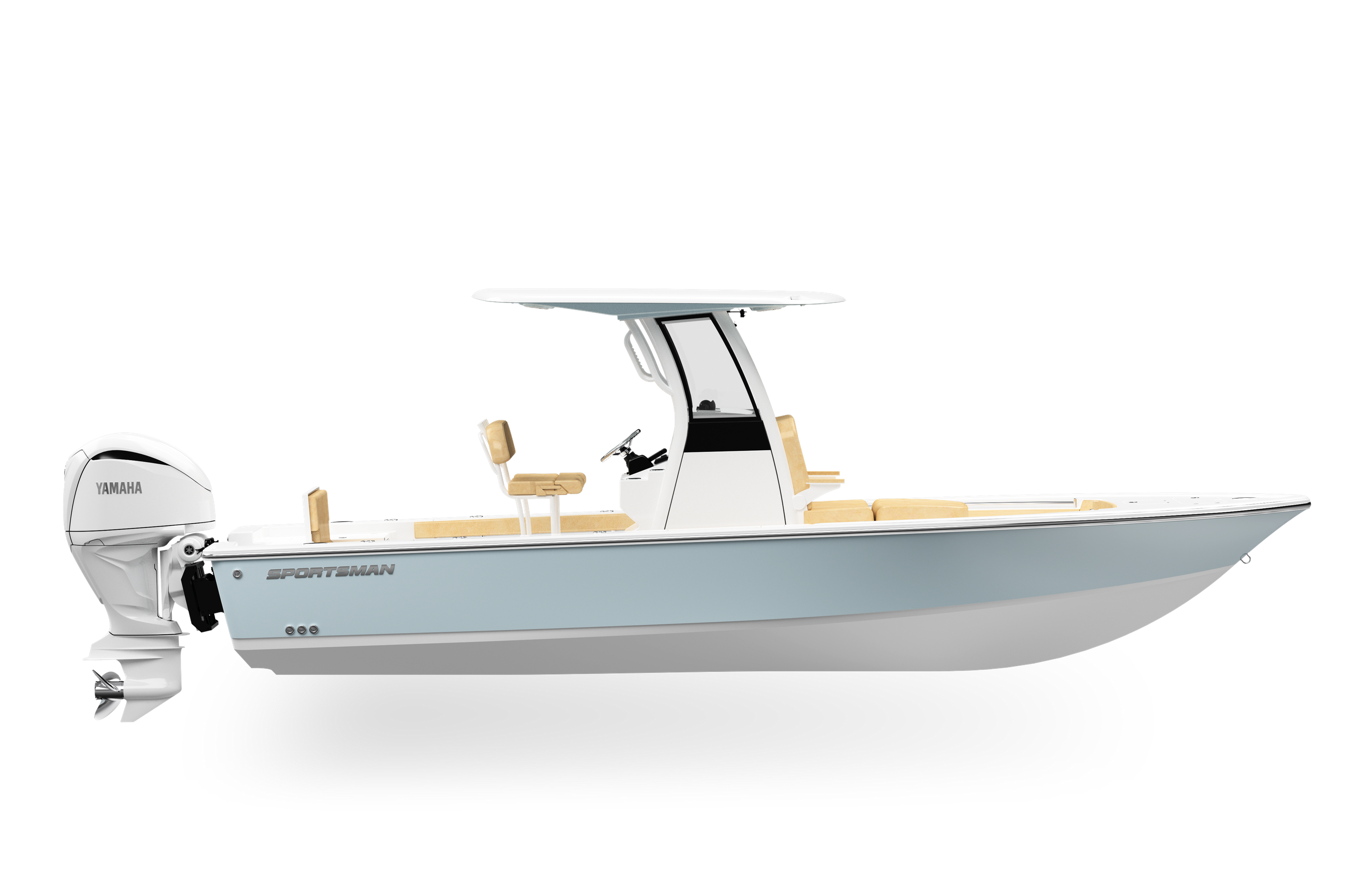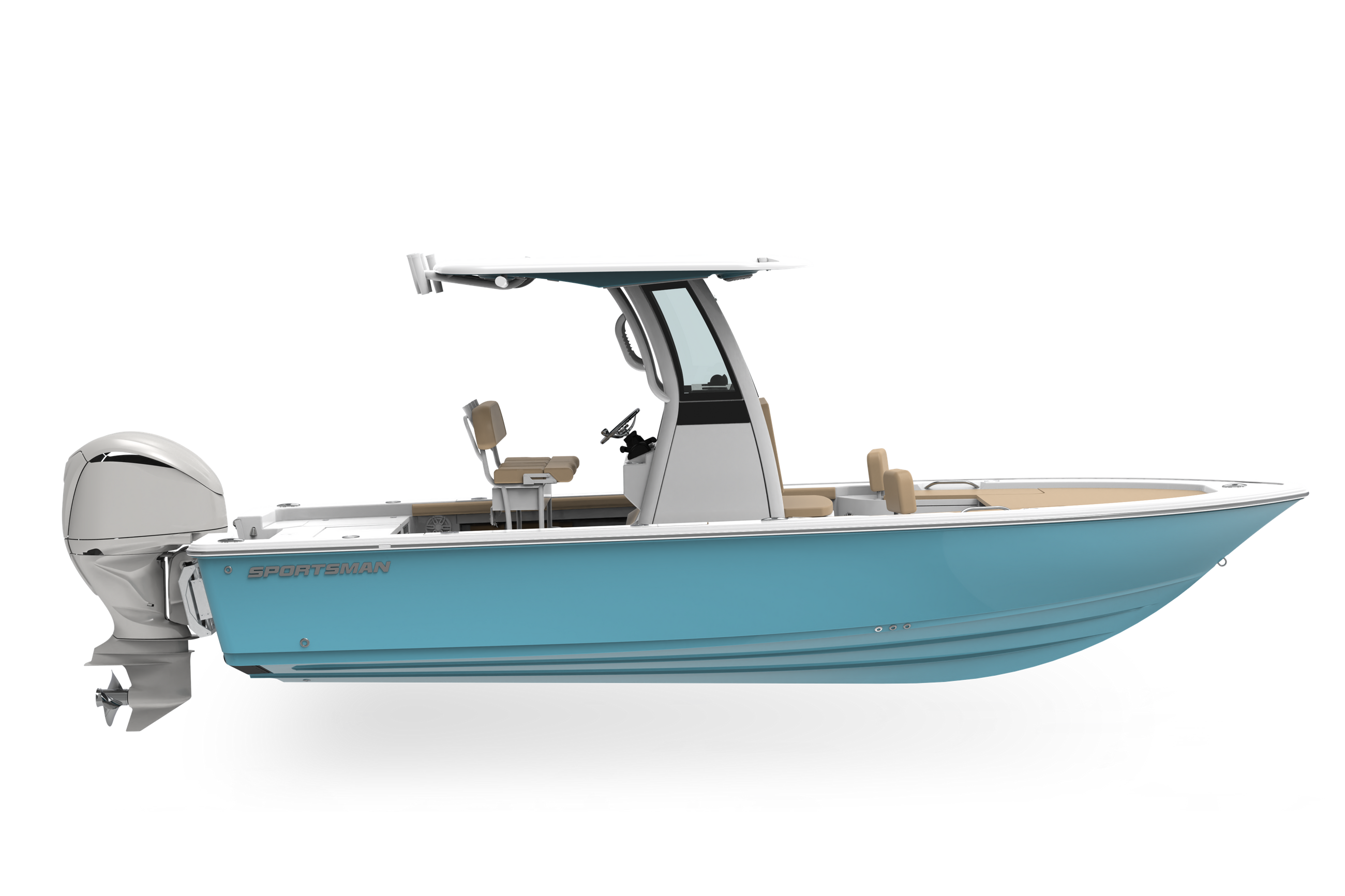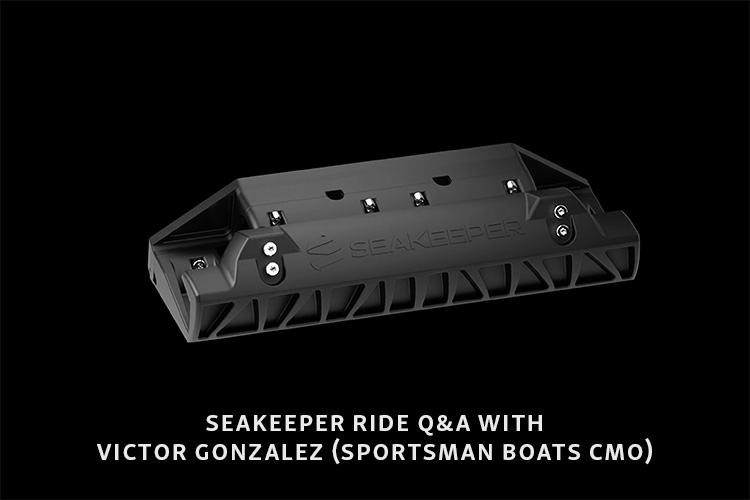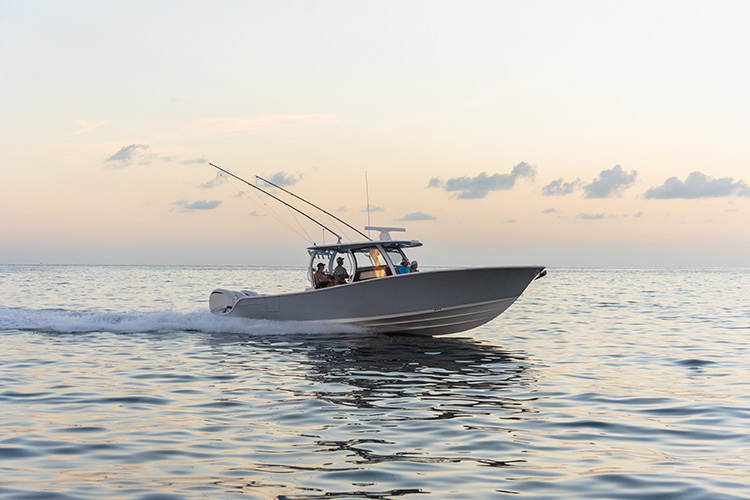Boating in bad weather doesn’t have to be overwhelming with the right preparation and mindset. This guide covers everything from understanding wind, waves, and lightning to equipping your boat and navigating rough seas safely. With these tips, you’ll be better prepared to face nature’s challenges and keep your adventures safe and enjoyable, no matter the forecast.
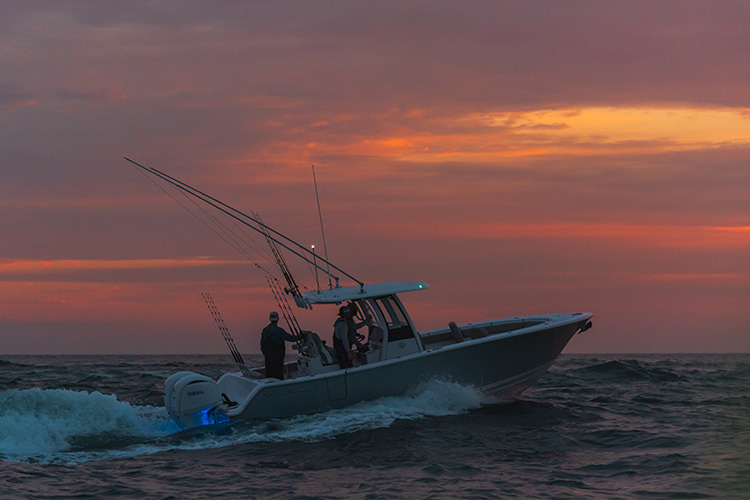
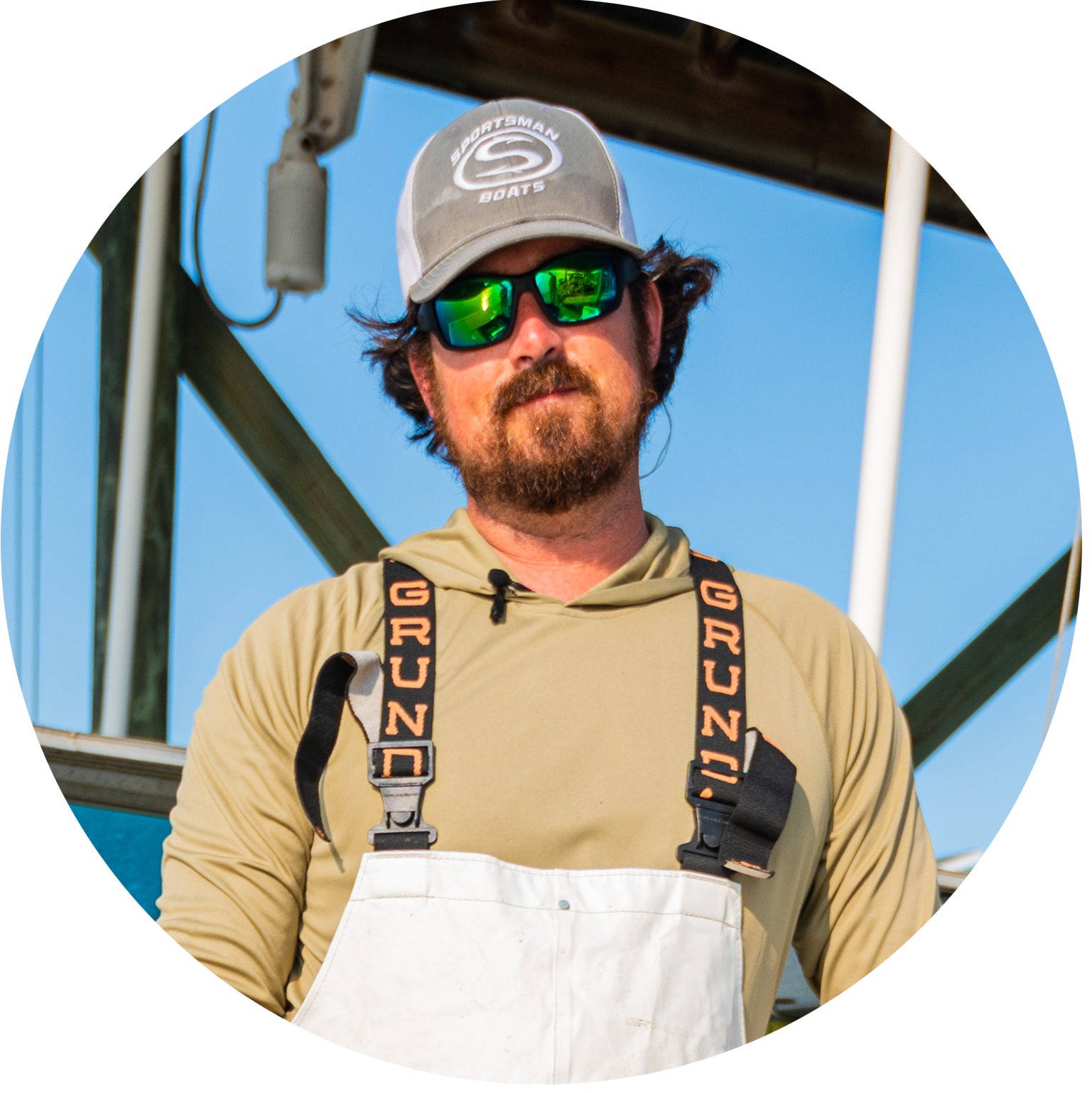
-
•Preparation is essential: check the forecast, equip your boat and have a clear plan
-
•Stay informed on the water and adjust your speed to maintain control
-
•After the storm, assess damage and share what you learned to help others
Boating is a pastime that many of us cherish—whether it's the thrill of speed or the relaxation of fishing. However, one aspect that can turn this joy into a challenge is bad weather. Stormy skies, high winds, and rough seas pose significant risks, but with the right knowledge and preparation, you can navigate these conditions safely. Here’s a guide to help you understand and manage the complexities of boating in bad weather.
Understanding Bad Weather on the Water
1. Wind: High winds can create dangerous conditions, especially if you're not prepared. They can capsize small boats and make steering difficult. Wind speeds that are manageable on land can become perilous at sea.
2. Rain and Visibility: Heavy rain can reduce visibility to mere feet and turn navigation into a guessing game. This can make it challenging to see other vessels, navigational markers, or even potential hazards.
3. Waves and Swells: Rough seas and high waves are perhaps the most feared aspects of bad weather. Waves can grow in height and frequency, making it hard to maintain course and control.
4. Lightning: Lightning poses a serious risk, not just because of the potential for strikes, but also due to the electrical interference it can cause with your boat’s equipment.
Preparation is Key
1. Check the Forecast: Always check the weather forecast before heading out. Modern weather apps and marine forecasts provide updates on wind speeds, wave heights, and potential storms. Make use of these tools to plan your trip.
2. Equip Your Boat: Ensure that your boat is equipped with the necessary safety gear. Life jackets, a first aid kit, flares, and an emergency locator beacon are essential. For rough weather, consider adding items like a sea anchor or additional bilge pumps.
3. Know Your Vessel: Understand the capabilities and limits of your boat. Different boats handle rough conditions differently. A well-maintained boat with a solid hull will fare better in bad weather.
4. Create a Plan: Have a clear plan for your journey, including alternative routes and safe harbors where you can seek refuge if conditions worsen.
While on the Water
1. Stay Informed: Keep an eye on the weather conditions while you’re on the water. Weather can change rapidly, so continuous updates from your radio or weather apps are crucial.
2. Adjust Your Speed: Reducing your speed is vital in rough conditions. It helps maintain control and reduces the impact of waves on your boat.
3. Steer into the Waves: When encountering large waves, steer your boat into them at a slight angle. This helps to prevent the waves from hitting the boat broadside, which can cause capsizing.
4. Maintain Communication: Ensure that you have reliable communication devices on board. In an emergency, being able to contact the coast guard or other vessels can be lifesaving.
5. Stay Calm: Panic can exacerbate a dangerous situation. Keep a level head, follow your training, and make decisions based on safety rather than fear.
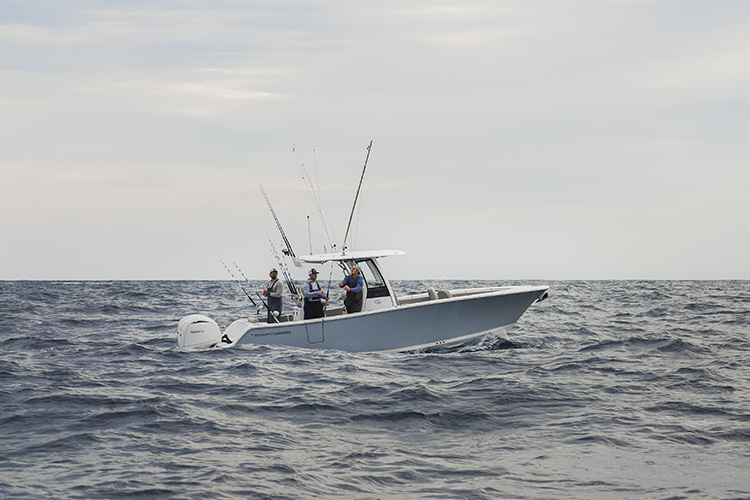
After the Storm
1. Assess Damage: Once you’ve safely navigated through the storm, inspect your boat for any damage. Check the hull, equipment, and safety gear to ensure everything is intact.
2. Learn from the Experience: Reflect on the experience and consider any improvements you can make for next time. This could involve additional safety training, upgrading equipment, or modifying your navigation strategies.
3. Share Knowledge: If you’ve gained valuable insights or tips, share them with fellow boaters. The boating community thrives on shared knowledge and experiences.
Boating in bad weather requires a mix of preparation, skill, and respect for nature’s power. By understanding the risks and taking appropriate precautions, you can turn a potentially dangerous situation into a manageable challenge. Always remember that safety comes first, and sometimes, the best decision is to delay or cancel a trip if conditions are too severe.
Safe boating!
Related Posts
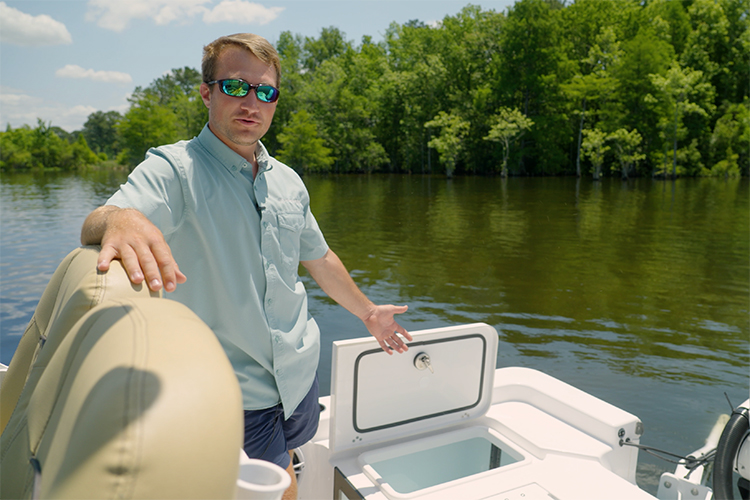
In this episode of Tech Talk, Sportsman Technical Sales Rep, Chase is giving us a full walkthrough of the livewell system on the Masters 247...
Read More

